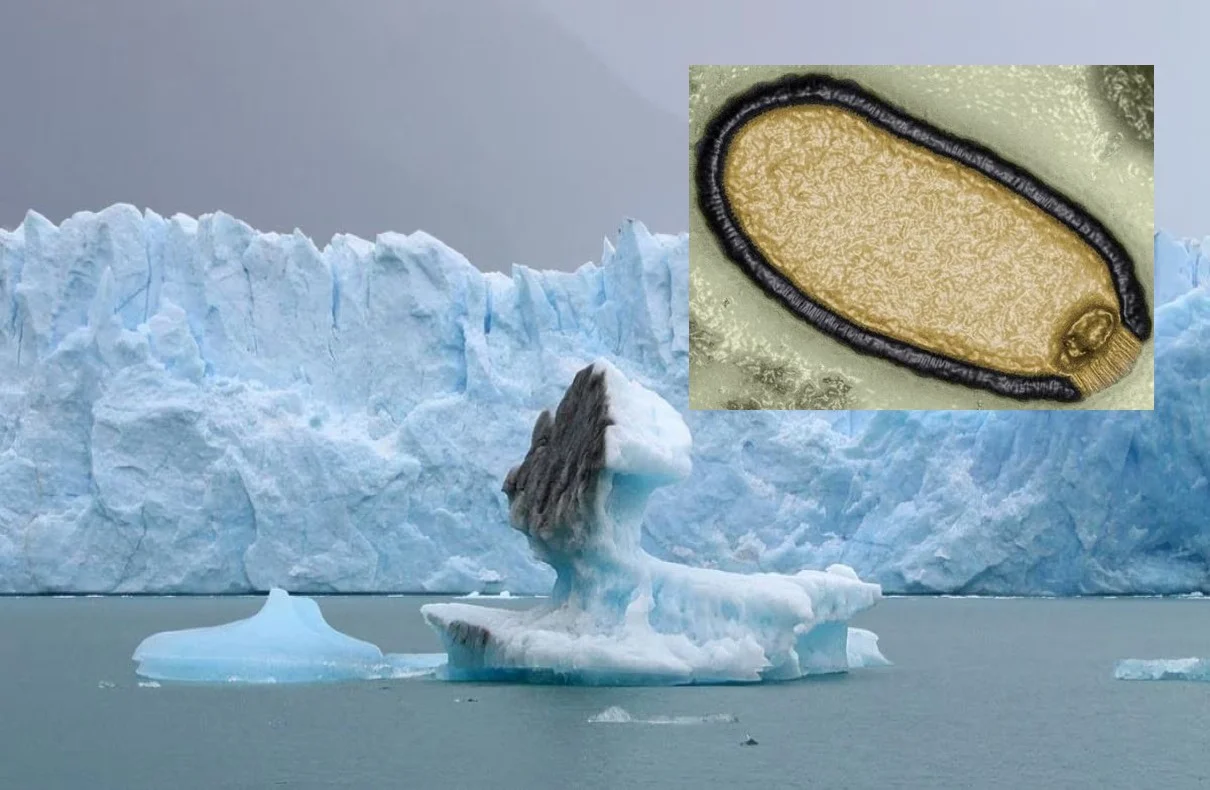
The melting Arctic permafrost is not just a consequence of climate change; it poses a potential global health emergency. Scientists have discovered ancient “zombie viruses” that have been dormant for thousands of years in the frozen soil of the Arctic. These viruses, also known as Methuselah microbes, have the potential to cause a catastrophic pandemic if unleashed.
The Arctic permafrost, covering nearly 20% of the Earth’s northern hemisphere, has preserved biological material for thousands of years due to its cold, dark, and oxygen-lacking environment. Geneticist Jean-Michel Claverie from Aix-Marseille University explains that permafrost is capable of preserving biological material for an astonishingly long time. In fact, he suggests that one could place a yogurt in permafrost, and it would still be edible even after 50,000 years.
US Seeing 12% Spike in Premature Births
Scientists have already unearthed ancient viruses from the Siberian permafrost, some of which are over 48,500 years old. However, the concern lies not only in the discovery of these viruses but also in the potential for ancient viruses capable of infecting humans to be lurking within the permafrost. With the deepest layers of permafrost potentially preserving viruses that existed millions of years ago, before the emergence of modern humans, our immune systems may not have encountered these microbial invaders before. This lack of natural immunity raises the stakes for a potential outbreak.
The potential for ancient viruses to escape their icy prisons and trigger a new pandemic may seem like the stuff of science fiction, but scientists warn that it should not be dismissed. Virologist Marion Koopmans of the Erasmus Medical Center notes that there is a real risk of an ancient form of polio or other diseases being unleashed. The scenario of an unknown virus infecting a Neanderthal and then infecting modern humans is not entirely implausible. The lack of attention given to outbreaks originating in the far north and traveling south is a significant oversight that needs to be addressed.
To mitigate the risks posed by these zombie viruses, experts are collaborating with the University of the Arctic to establish an Arctic monitoring network. This network aims to identify cases of diseases caused by ancient microorganisms at an early stage, preventing their spread and potential outbreak. The monitoring network would also provide quarantine facilities and medical services to minimize the impact of a potential pandemic, including preventing infected individuals from leaving the region.
The discovery of ancient viruses in the Arctic permafrost raises concerns about the potential lack of immunity in modern humans. Our immune systems may have never encountered some of these ancient microbes, leaving us vulnerable to their effects. The permafrost acts as a reservoir of viruses that could be unleashed as human activity in the Arctic increases due to climate change.
Forecasts predict that the Arctic Sea could be ice-free by 2040, opening up new opportunities for shipping, mining, and other industrial activities. These activities, particularly deep mining into the permafrost, could release significant amounts of pathogens into the environment. Miners and other individuals involved in these activities may unknowingly come into contact with these ancient viruses, potentially leading to a calamitous outcome.
Lose Weight Fast with Intermittent Fasting
The history of epidemic outbreaks provides valuable lessons in understanding the potential risks associated with changing land use. Virologist Marion Koopmans draws parallels between the spread of Nipah virus, driven by habitat destruction, and the potential spread of ancient viruses due to changes in land use in the Arctic. The complete shift in land use in the Arctic region could have dangerous consequences, similar to what has been observed in other parts of the world.
The threat of zombie viruses from the Arctic permafrost demands immediate action and preparation. Establishing the Arctic monitoring network is a crucial step in detecting and containing potential outbreaks. By identifying cases early on, appropriate quarantine measures and medical services can be provided to limit the spread of diseases caused by ancient microorganisms. Increased research efforts are necessary to understand the full extent of the risks posed by these zombie viruses and develop strategies to protect human health.
